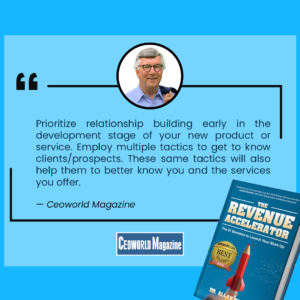A joint venture usually includes an agreement on how much each invests and what the overall marketing and sales strategy will be. Profit distribution, specific responsibilities, metrics for analyzing progress and growth, and a clarifying legal agreement are musts.
· Contracting for managing the product or service is another option. Having another organization manufacture and distribute for you can help you remain focused on refreshing and updating your product and working on new versions. Again, legal agreements should always be utilized.
· Licensing is often used as a way to enter a specific market. It is designed to assign another company to use your trademark, logo, or collateral materials and to actually manufacture and sell your product or service.
· Financial investment is often the difference between a start-up’s success or failure. Do not become so focused on building your product or service that you ignore thinking ahead and looking at all the tools you will need to access and obtain funding.
· Become a business partner with your customers or clients. Where you have similar goals, this type of partnership can offer a variety of benefits over many years. Demonstrate to them how you keep costs and fees palatable. Show you are amenable to new ideas and new ways of doing business that help both companies.






“Fortune favors the bold” – Virgil
The closer you get to the “Closing Zone”, the tougher the competition gets. That’s why you must be bold – don’t be afraid to go for it ! Here are 5 tested tactics to break the sales presentation mold and taking a more strategic approach.
1. Dump the resume;
2. Give something away:
3. Be a formidable competitor;
4. Ask for the business;
5. Maximize Rejection!
We are talking about taking a calculated risk. Perfecting and diversifying your sales techniques are the primary interchanges we have with clients. Our aim is to attract a wider variety of prospects and open more doors.